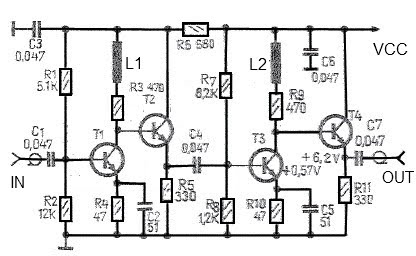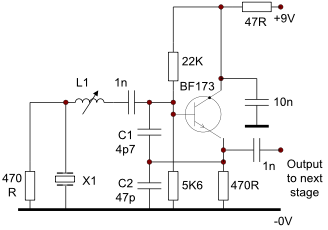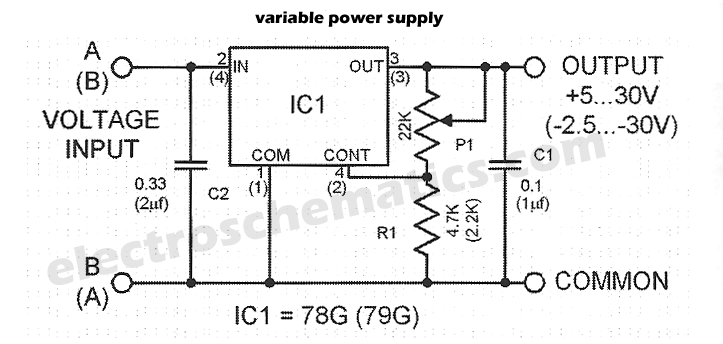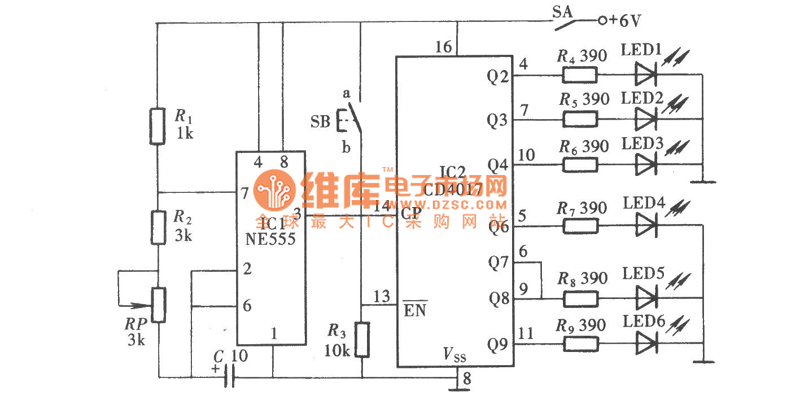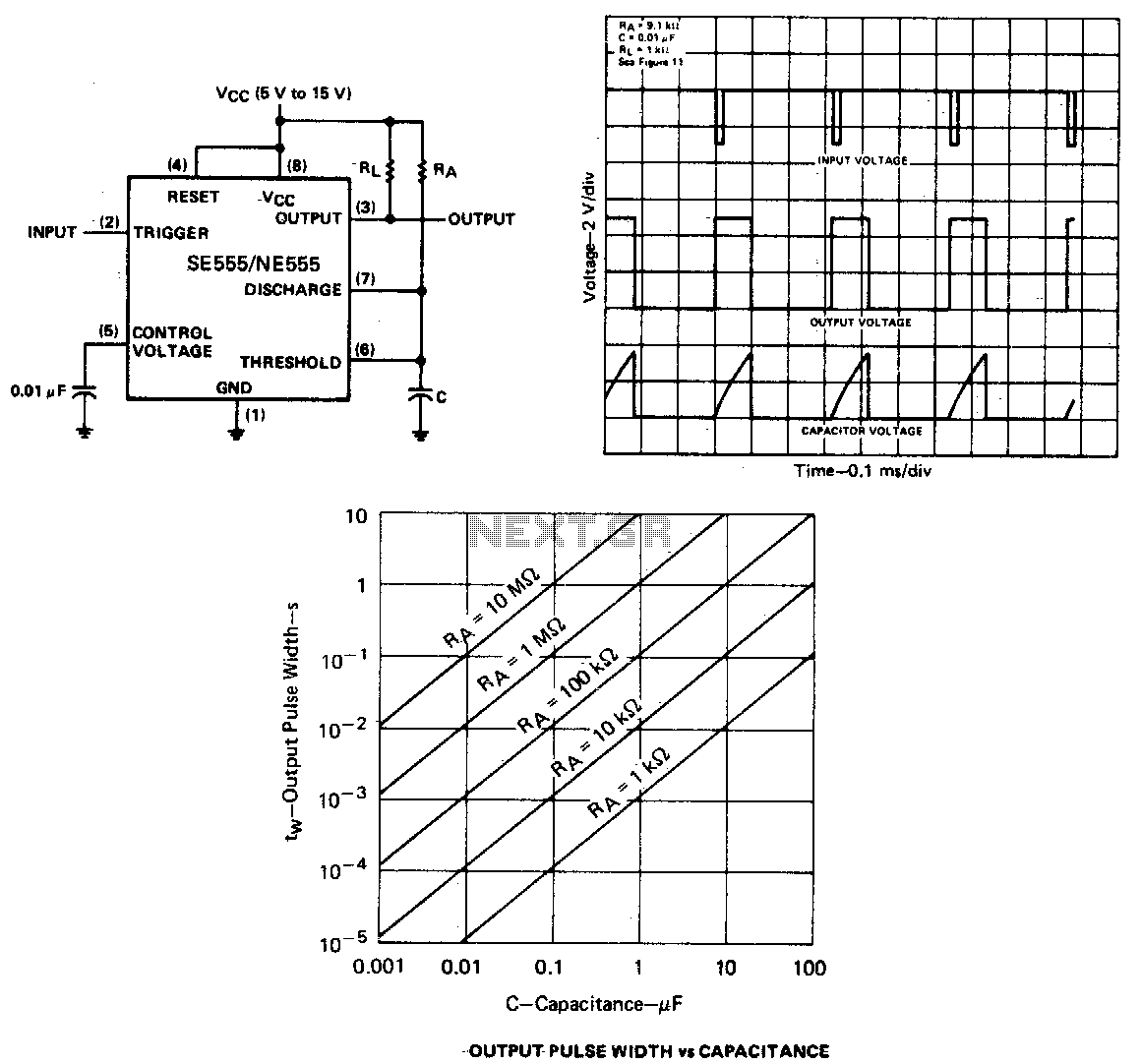
Simple light-switch circuit
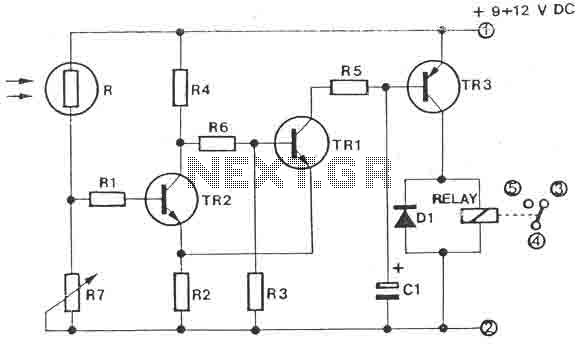
The circuit is a light switch that activates when the light intensity drops on a photoresistor. It features a straightforward construction and can be utilized in numerous applications. The photoresistor and the trimmer function as a voltage divider and also bias the transistor TR1. TR1 activates TR2, which in turn drives the relay. The trimmer R7 is used to adjust the sensitivity of the circuit. Parts include: R (photoresistor), R1 (4.7 kΩ), R2 (1.2 kΩ), R3 (2.2 kΩ), R4 (1.2 kΩ), R5 (1.2 kΩ), R6 (2.7 kΩ), R7 (100 kΩ trimmer), C1 (10 µF/16V electrolytic), TR1 (BC107 or BC108 NPN), TR2 (BC107 or BC108 NPN), TR3 (BC557 or BC558 PNP or BC327), D1 (1N4148), and a 12V relay.
This circuit operates as a light-sensitive switch, making it ideal for applications such as automatic lighting systems, security lights, or garden lights that turn on at dusk. The core component of the circuit is the photoresistor, which changes its resistance based on the ambient light level. As light intensity decreases, the resistance of the photoresistor increases, affecting the voltage across it.
The voltage divider formed by the photoresistor and the trimmer (R7) is critical for setting the threshold at which the circuit activates. The trimmer allows for fine-tuning of sensitivity, enabling the user to adjust the light level required to trigger the switch. When the voltage across the photoresistor reaches a certain level, it provides enough base current to turn on transistor TR1.
Transistor TR1, being an NPN type, conducts when its base receives sufficient voltage, allowing current to flow from the collector to the emitter. This action turns on transistor TR2, which operates in a similar manner, amplifying the current to drive the relay. The relay, rated for 12V, serves as the output mechanism that can control larger loads, such as lights or other electrical devices, by switching them on or off based on the light conditions detected by the photoresistor.
The circuit also includes a diode (D1) connected in parallel with the relay to protect the transistors from back EMF generated when the relay coil is de-energized. Capacitor C1 acts as a filter capacitor, smoothing out any voltage fluctuations in the circuit, ensuring stable operation.
The combination of these components results in a reliable light-activated switch that can be adapted for various uses, providing a practical solution for automatic lighting control in different environments.The circuit is a light switch who triggers when light drops on photo resistor. It is fairly simple in construction and can be used in a million applications. The photoresistor and the trimmer work as a voltage divider and also polarize the transistor TR1. TR1 triggers TR2 and TR2 drives the relay. Trimmer R7 is for adjusting the sensitivity of the circuit. Parts: R = photoresistor R1= 4.7 Kohm R2= 1.2 Kohm R3= 2.2 Kohm R4= 1.2 Kohm R5= 1.2 Kohm R6= 2.7 Kohm R7= 100Kohm Trimmer C1 = 10uf/16V electrolytic TR1= BC107 - BC108 NPN TR2= BC107 - BC108 NPN TR3= BC557 - BC558 PNP - BC327 D1 = 1N4148 Relay = any 12Volt relay 🔗 External reference
This circuit operates as a light-sensitive switch, making it ideal for applications such as automatic lighting systems, security lights, or garden lights that turn on at dusk. The core component of the circuit is the photoresistor, which changes its resistance based on the ambient light level. As light intensity decreases, the resistance of the photoresistor increases, affecting the voltage across it.
The voltage divider formed by the photoresistor and the trimmer (R7) is critical for setting the threshold at which the circuit activates. The trimmer allows for fine-tuning of sensitivity, enabling the user to adjust the light level required to trigger the switch. When the voltage across the photoresistor reaches a certain level, it provides enough base current to turn on transistor TR1.
Transistor TR1, being an NPN type, conducts when its base receives sufficient voltage, allowing current to flow from the collector to the emitter. This action turns on transistor TR2, which operates in a similar manner, amplifying the current to drive the relay. The relay, rated for 12V, serves as the output mechanism that can control larger loads, such as lights or other electrical devices, by switching them on or off based on the light conditions detected by the photoresistor.
The circuit also includes a diode (D1) connected in parallel with the relay to protect the transistors from back EMF generated when the relay coil is de-energized. Capacitor C1 acts as a filter capacitor, smoothing out any voltage fluctuations in the circuit, ensuring stable operation.
The combination of these components results in a reliable light-activated switch that can be adapted for various uses, providing a practical solution for automatic lighting control in different environments.The circuit is a light switch who triggers when light drops on photo resistor. It is fairly simple in construction and can be used in a million applications. The photoresistor and the trimmer work as a voltage divider and also polarize the transistor TR1. TR1 triggers TR2 and TR2 drives the relay. Trimmer R7 is for adjusting the sensitivity of the circuit. Parts: R = photoresistor R1= 4.7 Kohm R2= 1.2 Kohm R3= 2.2 Kohm R4= 1.2 Kohm R5= 1.2 Kohm R6= 2.7 Kohm R7= 100Kohm Trimmer C1 = 10uf/16V electrolytic TR1= BC107 - BC108 NPN TR2= BC107 - BC108 NPN TR3= BC557 - BC558 PNP - BC327 D1 = 1N4148 Relay = any 12Volt relay 🔗 External reference

